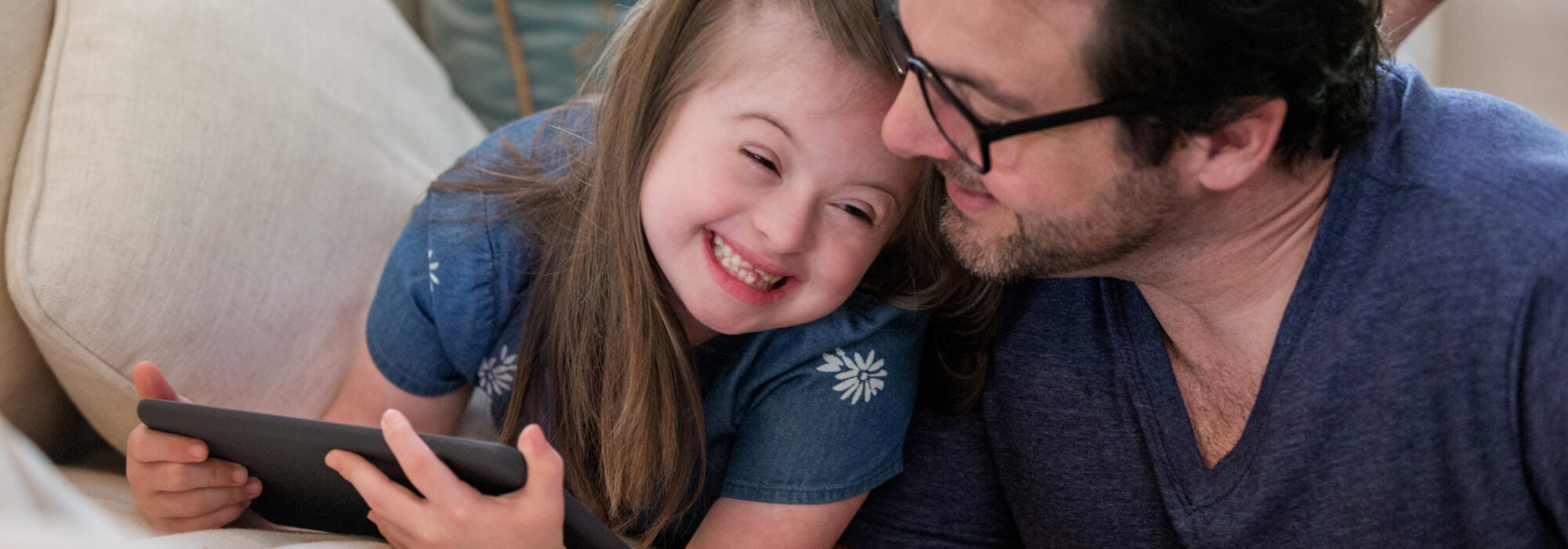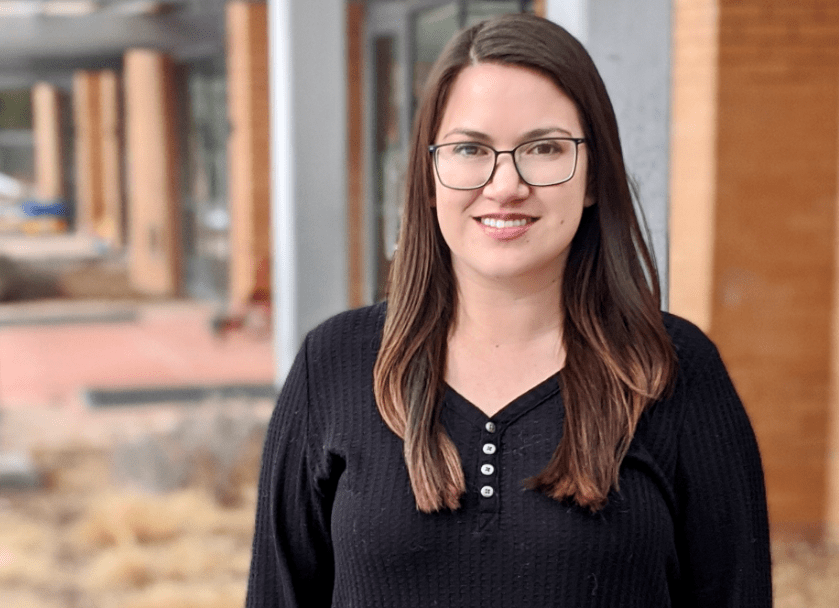
5 strategies for using the myPhonak Junior app to help children learn self-advocacy
Features in the myPhonak Junior app allow children to participate in their hearing healthcare with support from their parents and audiologist.
Do you have children in your practice who are learning how to manage their hearing aids?
Preparing children to advocate for their hearing needs is a process that takes place over several years. It begins early as toddlers hand their parents their hearing aid to let them know that it’s not working.
Later, as children gain dexterity, they want to learn how to put the hearing aid on themselves, and can help with simple care steps such as putting the hearing aids in the charger at night. When children enter school their advocacy needs expand, and they take on more responsibility.
Of course, children’s views about their hearing and devices should be shared freely and should be respected and given due weight given age and maturity of the child.1
There are different ways to support learning these self-advocacy skills. We recently trialed the myPhonak Junior app and believe that it can be a valuable tool in at least these five different ways:
- Monitor hearing aid use – the app provides average hours of daily use. Provide a goal, and children can monitor how they are doing as they work towards reaching the target number of hours. Consistent audibility is important for success in school2 and engaging children in managing use can help them practice problem-solving challenges that arise.
- Plan for battery charge – the app provides the percent of battery charge. Children can plan for when to charge their hearing aids to make sure the hearing aids are charged and ready for their day. Monitoring battery usage can help children learn hearing aid maintenance skills.
- Notice listening environments – the app includes information about noise reduction and speech focus to help children understand which environments may be difficult for them and how to adjust the speech focus slider in the app.
- Customize for difficult listening environments – the app allows for adjusting volume, noise reduction and microphone directionality so children can take initiative when they need to make adjustments in those environments.
- Learn quick tips & how to use remote support— the app provides tips for children to ensure they are maintaining their devices and learning how to troubleshoot appropriately.

Other quick tips in the app include: “How to use your hearing aid the right way”, “How to maintain your hearing aid the right way”, “Troubleshooting tips if there is no sound coming from your hearing aid”, and “Troubleshooting tips if your hearing aid whistles”.
If more help is needed, parents and children can connect to the audiologist remotely through the app for real-time support.
With our support, children can become strong self-advocates
Parents and audiologists play a critical role in supporting children in learning advocacy skills that are important for effective hearing management. This also supports the idea of Child-Centered Care (CCC) and allows the child to participate in their hearing healthcare with support from their parents and audiologist.
| Learning self-advocacy is a process that works towards children being able to:3 · Describe their own skills and needs · Set their own goals and create a plan to reach them · Know the how, who, and when to ask for assistance · Make decisions and then take the responsibility to deal with the consequences of them. |
Resources to help you support parents and children
There are many resources available that promote advocacy.
• Hear to Learn – Help children use and care for hearing devices
• Hands & Voices – Self-advocacy for Deaf and Hard of Hearing students
• Ida Institute – Growing up with hearing loss
• Supporting Success for Children with Hearing loss – Self-advocacy skills for students with hearing loss
• Phonak – Hearing and me templates to talk about hearing loss, Guide to Access Planning (GAP) for teens, Self-advocacy checklist for teens
| To learn more about the myPhonak Junior app, please visit www.phonakpro.com. |
References:
- Söderbäck M, Coyne I, Harder M. The importance of including both a child perspective and the child’s perspective within health care settings to provide truly child-centred care. J Child Health Care. 2011 Jun;15(2):99-106. doi: 10.1177/1367493510397624. PMID: 21685225.
- Tomblin, J.B., Oleson, J., Ambrose, S.E., Walker, E.A., McCreery, R.W., & Moeller, M.P. (2020). Aided hearing moderates the academic outcomes of children with mild to severe hearing loss. Ear and Hearing, 41(4), 775-789.
- Hands & Voices (2014). Self-advocacy for Deaf and Hard of Hearing Students. Accessed June 4, 2022 from https://www.handsandvoices.org/articles/education/advocacy/V8-4_selfAdv.htm
Authors:

Karen Muñoz, Department head and professor in the Department of Communicative Disorders and Deaf Education at Utah State University
Karen Muñoz , EdD, worked as a clinical audiologist and provided clinical supervision for audiology graduate students for seventeen years before beginning her academic career in 2007. Her research focuses on understanding parent and professional factors that facilitate and/or interfere with spoken language outcomes for children who are deaf or hard of hearing.

Kali Markle, Clinical Assistant Professor of Audiology and a Pediatric Audiologist
A majority of Dr. Markle’s time is spent in the clinic supervising graduate students and seeing patients; however, she also teaches graduate courses relating to pediatric audiology. In her clinical role, she provides diagnostic evaluations on children birth to 21 years of age, fits hearing aids, bone conduction devices, FM systems and works with cochlear implants. She also collaborates with research faculty at Utah State University.
